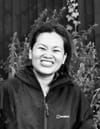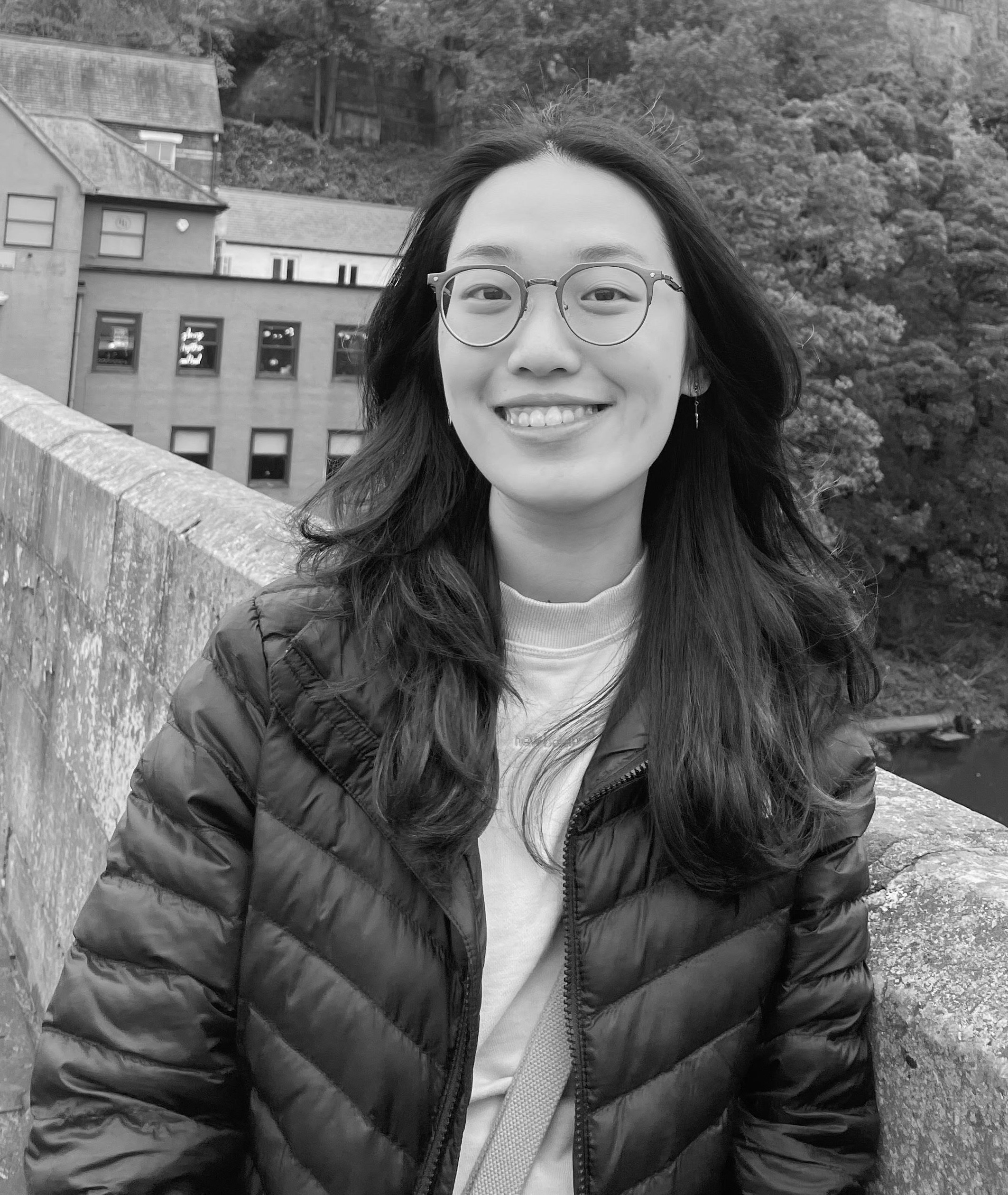- Home
- November 2023
- Penang Chinese Swimming Club: Birthplace of Olympians

Previous Post
Penang Monthly Has Fun With AI Art
3 min read
What better way is there to talk about generating art with AI than to just show you? Penang Monthly uses Gencraft, a platform that creates images and videos based on text descriptions for this month's photo essay.
Next Post
Kyrgyzstan: Simply Another World
7 min read
“BUT WHY KYRGYZSTAN?” my friend asked, puzzled. “Well… it’s beautiful,” was all I could say. How do I explain to someone who loves the bright lights and fast p...
You might also like
Humanity at the AI Crossroads: Balancing Privacy, Bias and Progress
5 min read
As computers become increasingly omnipresent, and as algorithms grow uncannily precise, concerns mount—what are the undesirable consequences of AI?
Events in November
4 min read
Take a stand against bullying and take part in Penang Goes Orange 2023: #Kindness4Wellness: Walk Against Bullying. Participants of this 2km walk will receive...
AI—Boon or Bane, Intelligent or Illusory?
3 min read
These are the days of miracle and wonder. Don’t cry, baby, don’t cry. Don’t cry. — Paul Simon, “The Boy in the Bubble”, 1986.





